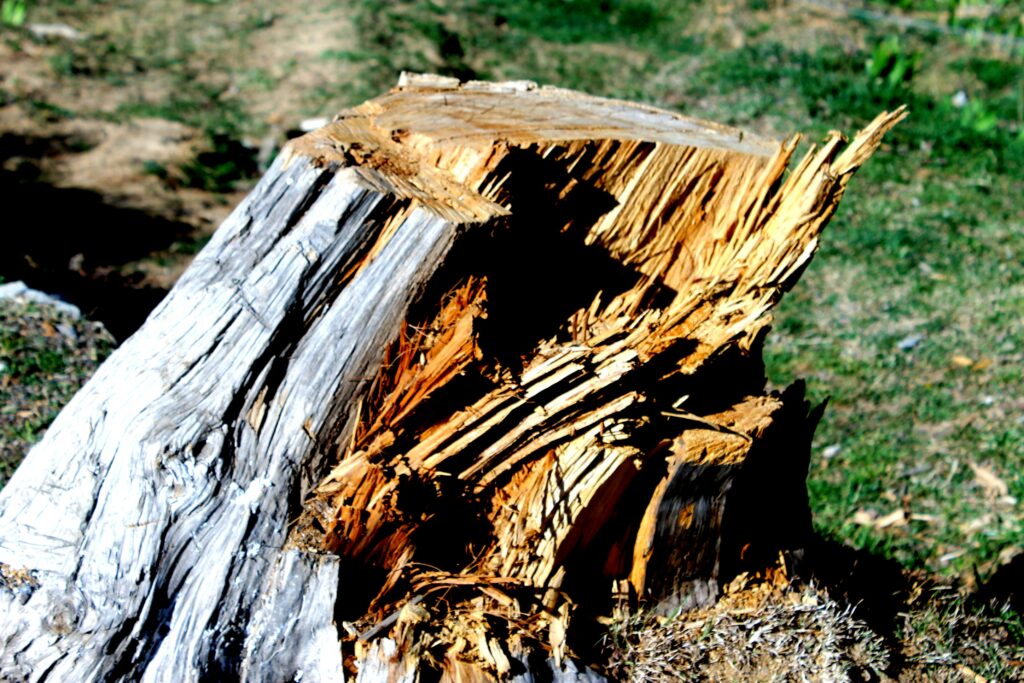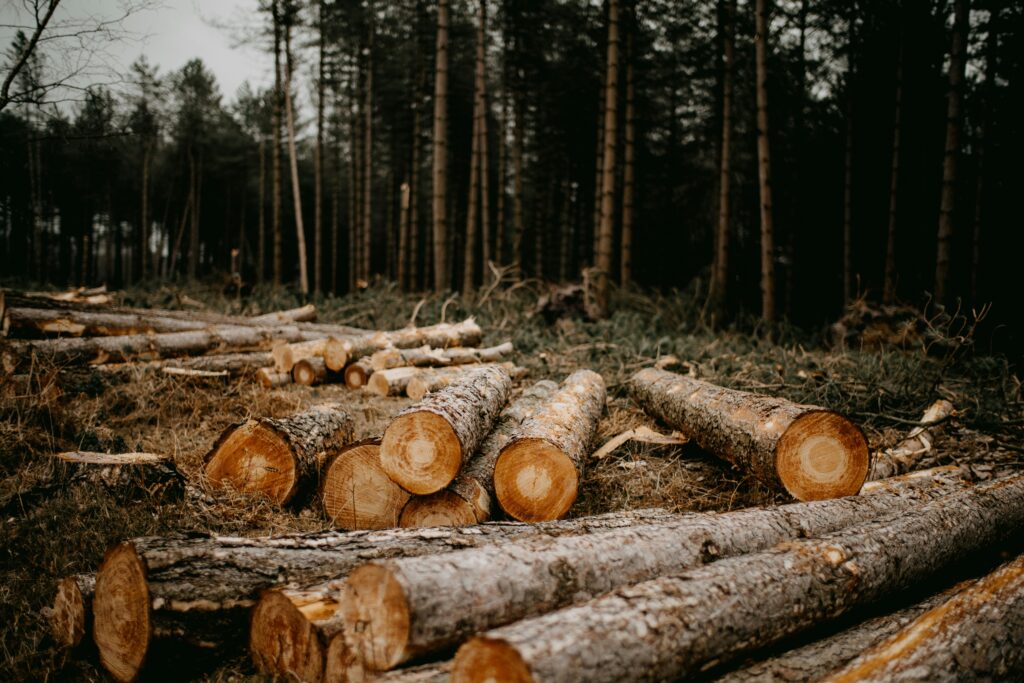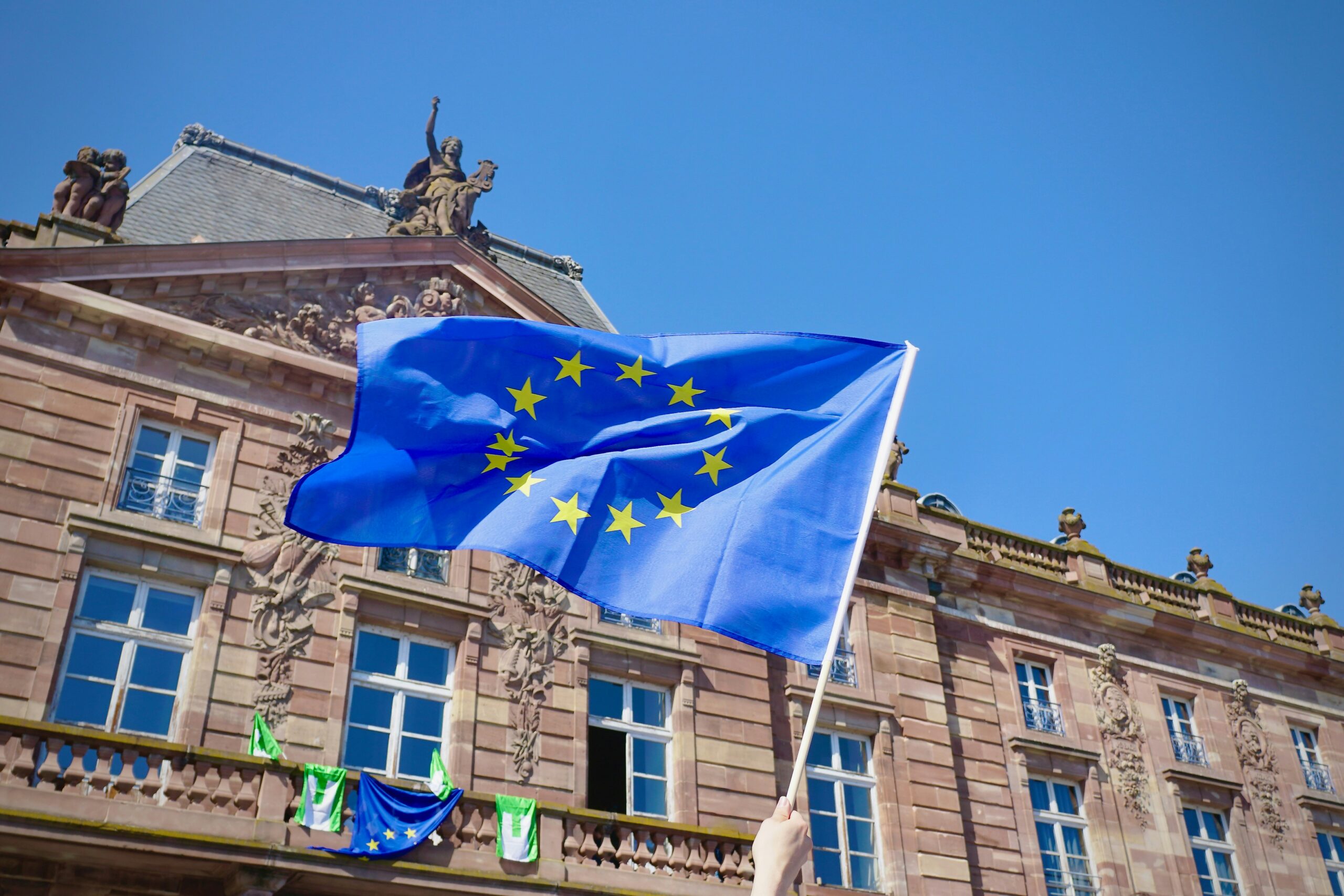The EU Deforestation Regulation (EUDR) is changing the game for companies that source or trade in certain commodities. We’re not just talking about optional sustainability initiatives anymore. If you’re placing products like coffee, palm oil, timber, soy, or cattle on the EU market, you now have a legal obligation to prove that your supply chain is deforestation-free.
This isn’t about theory. It’s about action. And at the core of that action lies due diligence.
Unlike a lot of compliance topics, due diligence under EUDR is not vague or loosely defined. It comes with a concrete list of requirements, strict timelines, and real consequences if you miss the mark. So if you’re in the business of importing, exporting, or producing affected goods, here’s what you really need to know.
What Is Due Diligence Under EUDR?
Let’s be clear: due diligence here isn’t just a box-ticking exercise. Under EUDR, it refers to a structured process of risk assessment, verification, and documentation. It’s the only way to legally prove that your products do not contribute to deforestation or forest degradation after the cut-off date (December 31, 2020).
This includes both the process of due diligence (doing the checks) and the due diligence statement (officially submitting the outcome). These are not the same thing, and both are required.
Commodities That Are Affected
You’re expected to complete due diligence for any of the following if they are being placed on or exported from the EU market:
- Cocoa and coffee
- Palm oil and soy
- Timber and rubber
- Cattle and beef
- Derived products such as chocolate, paper, furniture, and leather
If your product contains any of these, even in processed form, it’s in scope.
Who Has to Comply
The regulation applies to both EU and non-EU operators and traders. Whether you’re sourcing raw materials, exporting finished goods, or acting as a link in the supply chain, you’ll need to either conduct due diligence yourself or make sure your upstream partners are doing it right.
Larger companies need to comply starting December 30, 2025. Smaller businesses and micro-enterprises have until June 30, 2026.
What Does EUDR Due Diligence Include?
Let’s break this down in real terms. Here’s what your due diligence must include to meet EUDR standards.
1. Product Identification
You’ll need a complete description of the product, which includes:
- Trade and scientific names (where applicable)
- Harmonized System (HS) codes
- Quantity of the product (net weight and any additional units)
This part is straightforward, but accuracy is key. Even minor mislabeling can cause compliance delays.
2. Production Location and Timeline
This is where traceability gets real. You must include:
- Country of production
- Exact geolocation data of every plot of land where the commodities were produced
- Production date or production time range
The geolocation data must be specific, using latitude and longitude coordinates to at least six decimal places. For land over 4 hectares, the perimeter must be defined using multiple points.
3. Supply Chain Mapping
This section requires clarity on both ends of the chain:
- Name, address, and contact info of your supplier
- Name, address, and contact info of the next entity in the chain (i.e. who you’re selling to)
Even if you’re using a broker or trading platform, the actual business entities involved need to be clearly identified.
4. Risk Assessment
Before you can even submit your due diligence statement, you have to do the homework. The regulation requires a formal risk analysis to assess:
- The likelihood that the commodity is linked to deforestation
- Whether the production violated local environmental or human rights laws
If there’s any non-negligible risk, you’ll need to mitigate it before proceeding. That might involve requesting more information, pausing imports, or changing suppliers.
5. Legal Compliance Proof
You’re also expected to provide verified information that the production complied with the legal requirements of the country of origin. This includes:
- Land use permits
- Environmental regulations
- Labor laws
It’s not just about trees. The EU wants assurance that your product was made legally, across the board.

Oświadczenie o należytej staranności (DDS)
Once the full due diligence process is complete, it’s time to submit the official statement. This isn’t optional, and it needs to be done before the product enters or leaves the EU market.
What’s in the Statement?
The DDS must include:
- Operator or trader details (including registration numbers and EORI, if applicable)
- Type of activity (import, export, or market placement)
- All the product, location, and risk information from the previous steps
- References to earlier DDSs, if applicable
How and Where to Submit It
The statement must be submitted through the EU’s online system called TRACES (Trade Control and Expert System). Alternatively, companies can integrate their own systems with TRACES through APIs.
Once submitted, two codes are generated:
- Reference Number: must be included in customs documents
- Verification Number: used for secure downstream referencing, not public
What Happens if You Skip or Fail the Process?
The EUDR isn’t just a suggestion. It has real legal weight behind it. If you don’t meet the due diligence requirements, you could face serious consequences including financial penalties, confiscation of goods, or even being blocked from selling in the EU entirely.
And here’s the part that trips up a lot of companies: if even one ingredient in your product is linked to deforestation, the whole thing is considered non-compliant. It doesn’t matter how small the amount is. For example, if you’re producing chocolate and the cocoa wasn’t fully traced and verified according to the rules, that entire product becomes ineligible for the EU market. No exceptions.
The Role of Technology in Making This Easier
The requirements may sound intense, but there’s help. Several platforms now offer tech-driven tools to handle traceability, documentation, and geolocation collection.
Tools Can Help With:
- Satellite imagery to validate deforestation-free land
- Automated data collection from suppliers
- Structured templates for DDS completion
- Risk scoring and alerts based on known deforestation zones
For example, platforms like Trusty integrate geospatial tools, verification workflows, and TRACES submission all in one place. That’s useful if you’re managing dozens of suppliers across different countries.

How We’re Supporting Smarter EUDR Compliance
Fulfilling the due diligence requirements under the EUDR means collecting accurate geolocation data, verifying deforestation-free status, assessing legal compliance, and preparing formal documentation for each product batch. We’ve developed a platform at Zgodność z EUDR to help streamline that process with tools built around these exact needs.
Our system uses satellite-based monitoring to confirm land use and detect possible deforestation risks linked to production plots. It also supports the collection and organization of geospatial data, supplier information, and production details required for submitting a due diligence statement. By aligning directly with TRACES and the structure outlined in the regulation, we help companies generate complete and verifiable EUDR reports, reducing manual effort and minimizing the risk of missing critical data fields.

Common Missteps to Avoid
Even well-prepared companies can run into issues when navigating EUDR compliance. Here are some of the most frequent mistakes and why they can cause problems.
Incomplete geolocation data
A lot of businesses underestimate the precision needed. The regulation requires exact latitude and longitude coordinates for every production plot, not just general areas or regions. If your data is vague or missing key locations, your submission might not pass.
Skipping references to existing DDSs
If your product uses ingredients that have already been declared in a previous due diligence statement, you can reference those instead of repeating the process. Failing to do so leads to unnecessary work and makes your compliance records harder to verify.
Relying solely on third-party certifications
Certifications like FSC or Rainforest Alliance are useful, but they don’t replace due diligence. You still need to collect direct evidence, assess risks, and document compliance. Assuming a certificate is enough is one of the most common errors.
Starting too late
Building a compliant system takes time. Waiting until the last minute often means rushing through documentation, missing supplier data, or running into bottlenecks. Companies that prepare early are more likely to avoid delays and rejections.
Wrapping It Up
Getting your due diligence right under the EUDR isn’t just about staying compliant. It’s about protecting access to the EU market, avoiding costly disruptions, and proving that your business takes traceability and sustainability seriously. Whether you’re working with cocoa farms in West Africa or timber suppliers in Southeast Asia, the rules apply the same way. You need to know where your materials come from, prove they meet the legal and environmental standards, and document every step clearly.
It’s not a small lift, but it’s doable, especially with the right systems in place. The earlier you start preparing, the fewer surprises you’ll run into down the road. And once you’ve got your process working smoothly, it becomes a strategic advantage, not just a regulatory hurdle.
Często zadawane pytania
Is due diligence required even if I don’t import raw materials directly?
Yes. If your product contains any of the listed commodities, whether raw or processed, you’re still responsible for showing traceability. It doesn’t matter if the ingredient came through a third party. You need to have access to the same level of detail as if you sourced it yourself.
What if my supplier won’t provide geolocation data?
That’s going to be a problem. Geolocation is non-negotiable under the regulation. If a supplier can’t give you that information, you’ll either need to work with them to get it or find a different partner who can. Without precise coordinates, your product can’t be verified as deforestation-free.
Can I use a sustainability certificate instead of full due diligence?
Not under EUDR. Certificates can support your risk assessment, but they don’t replace the legal requirements. You still need to submit verified data and a due diligence statement that aligns with the regulation. Think of certification as a helpful input, not a shortcut.
Do I need to submit a new DDS every time I ship a product?
Yes, unless you’re using materials that have already been declared in a previous DDS. In that case, you can reference the existing declaration. But for each new shipment or product batch, you need to either submit a fresh DDS or properly link it to a prior one.
How strict is the EU about enforcement?
The regulation is clear, and enforcement will be serious once the deadlines hit. Products that don’t meet the requirements will be blocked at customs. Fines and penalties are also on the table, especially for repeated non-compliance or intentional shortcuts.


